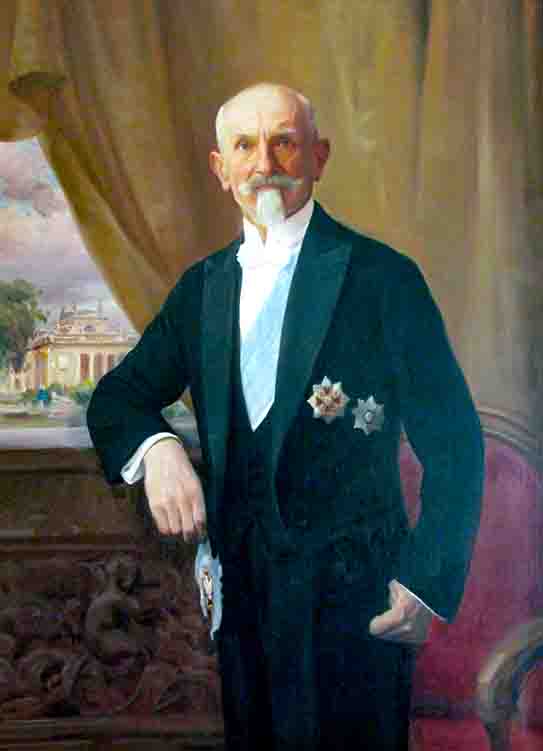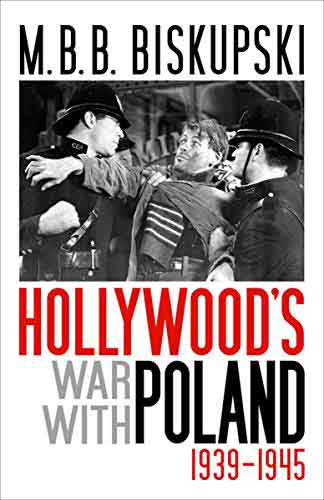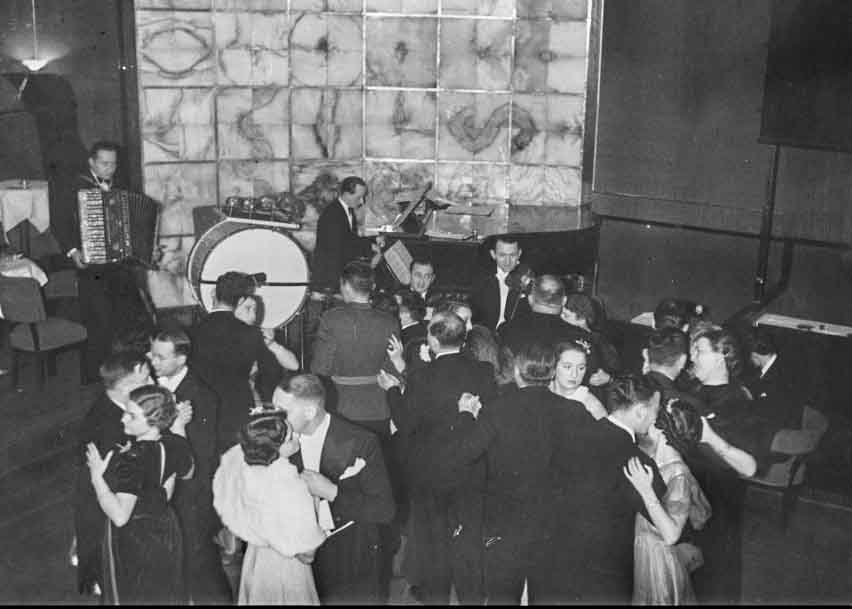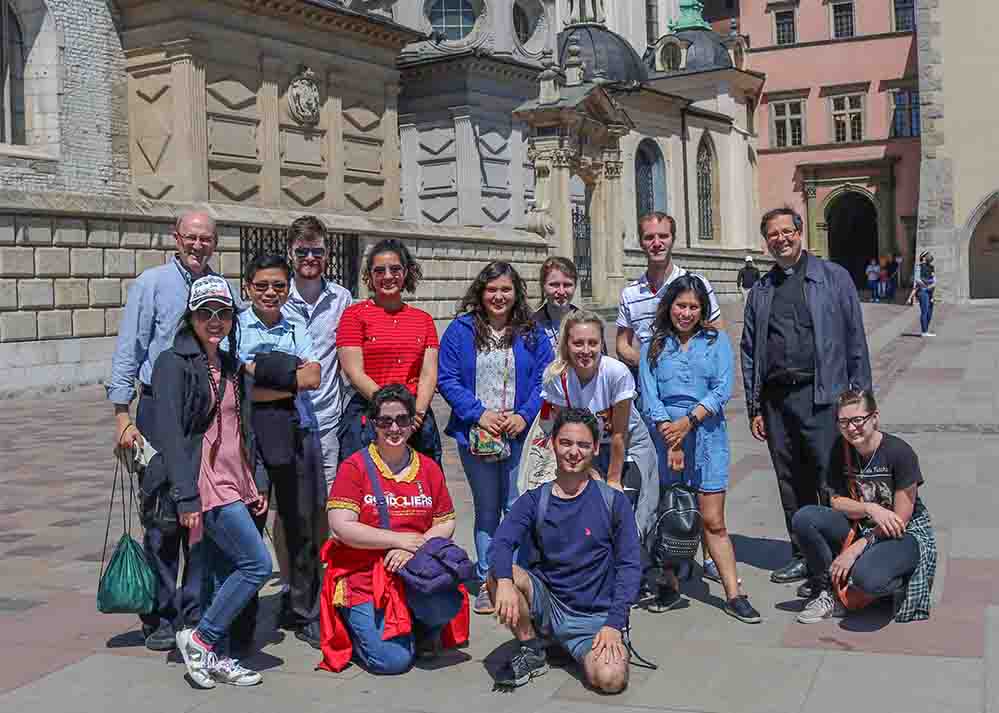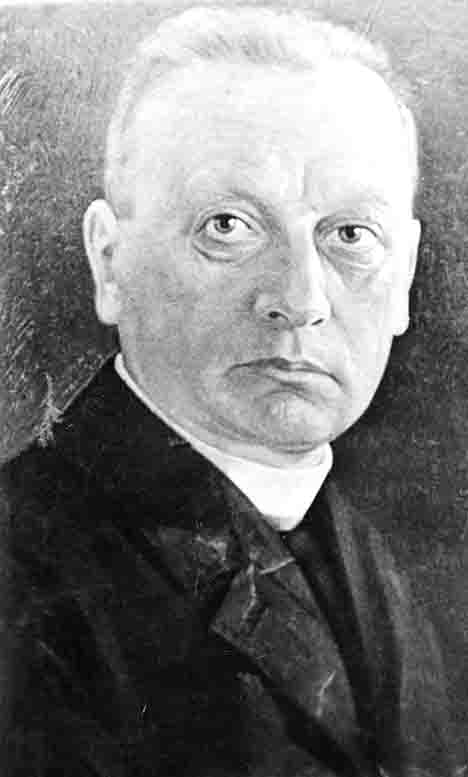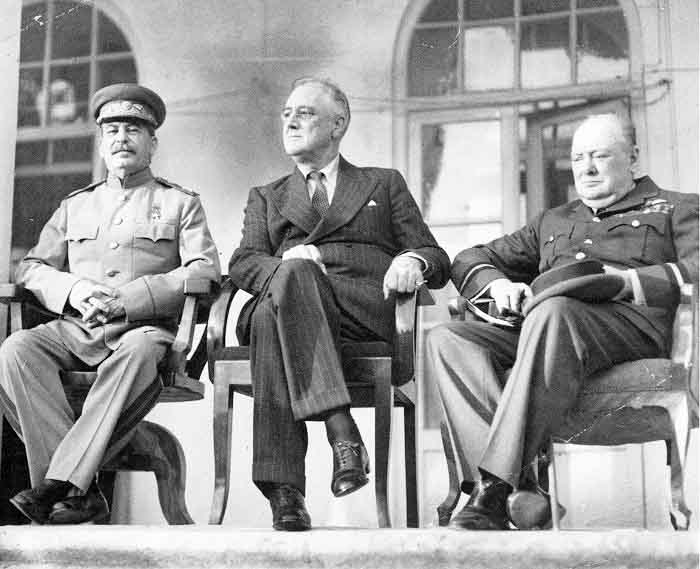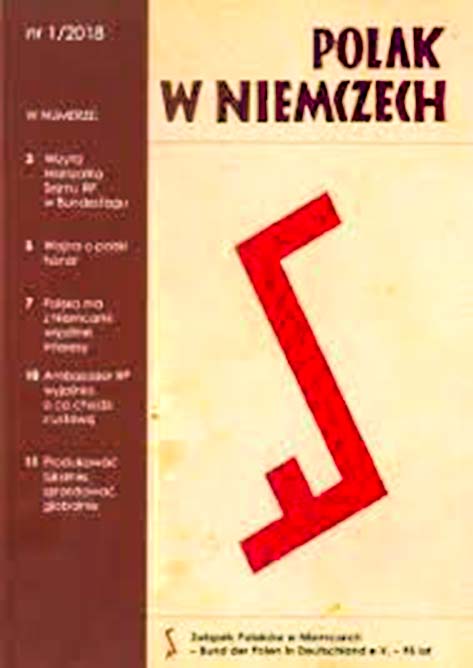In today's interview Kuryer Polski hosts prof. Donald Pienkos. Donald Edward Pienkos is Emeritus Professor of Political Science at the University of Wisconsin, Milwaukee. He is a Polish American historian specializing in political science and the history of the Polish American community. He was a witness and the creator of history, especially involved in the cause of Poland's accession to NATO.
Read more...Kuryer Polski would like to present the history of Polish statehood, which often extended beyond the territory of the Republic of Poland and into the boundaries of the residence of the Polish diaspora, formerly known as Polish emigration. We start with the most important office in the Polish state — the office of the President of the Republic of Poland.
Read more...In the 1930s, the Warner Brothers film studio produced films in the spirit of social realism, covering less appealing themes in modern America, such as crime, poverty, and a clumsy legal system. In these films, Poles were presented as criminals and negative characters. In one of those films, The Life of Jimmy Dolan, the evil character was called Pulaski. In another film, How Many More Knights, a gangster and murderer was a man named Kościuszko.
Read more...When Poland regained its independence after 123 years of partitions, it developed in every respect, especially in the cultural area. This fact was noticed in Warsaw, which from moment to moment was becoming a real European capital. During the celebration of the New Year, balls were held here, which attracted guests from all over the country, which raised the rank of our capital.
Read more...In August 2021, a new Polish Studies Program was launched at the St. John Paul II Institute at the University of St. Thomas in Houston, Texas. The St. John Paul II Institute was founded in 2019 in order to facilitate the understanding of the life and work of St. John Paul II in the context of Polish history and culture.
Read more...January 14, 2022 is one-hundred-and-fiftieth anniversary of the birth of the outstanding patriot priest, Fr. dr Bolesław Domański. It will soon (on March 6) coincide with the 100th anniversary of the establishment of the Union of Poles in Germany. Few people know who Father Patron (as he was called) was and how important a role he played in the economic life and in maintaining Polish identity among Poles in Germany. His work and attitude can also serve as an example for contemporary Poles. This article is dedicated to be a reminder of this extraordinary figure.
Read more...On November 28 – December 1, 1943 in Tehran a meeting of the leaders of the anti-Nazi coalition (the so-called Big Three): US President Franklin Delano Roosevelt, British Prime Minister Winston Churchill and Soviet leader Joseph Stalin, was held. Key decisions were made there to end World War II, and Central and Eastern Europe was sold there for a promise to support America in the war with Japan.
Read more...The idea of reactivating Kuryer Polski arose in the city of Milwaukee, Wisconsin, which has always been an important center of Polish life. The so-called "old" Polish community still remembers the image of Kuryer as a newspaper standing up for concrete Polish causes in America.
Read more...The Polish-language media in Germany are already, as Germans call them — indicating their age of 131 years — "old". They were organized by political, military and economic emigrants, as well as the people who had chosen to settle outside Poland. They (the media) were an element and expression of identity and culture-creating activities of various Polish communities and emigrants. Their content were and are the phenomena that existed on the border of two cultures: Polish and German.
Read more...



